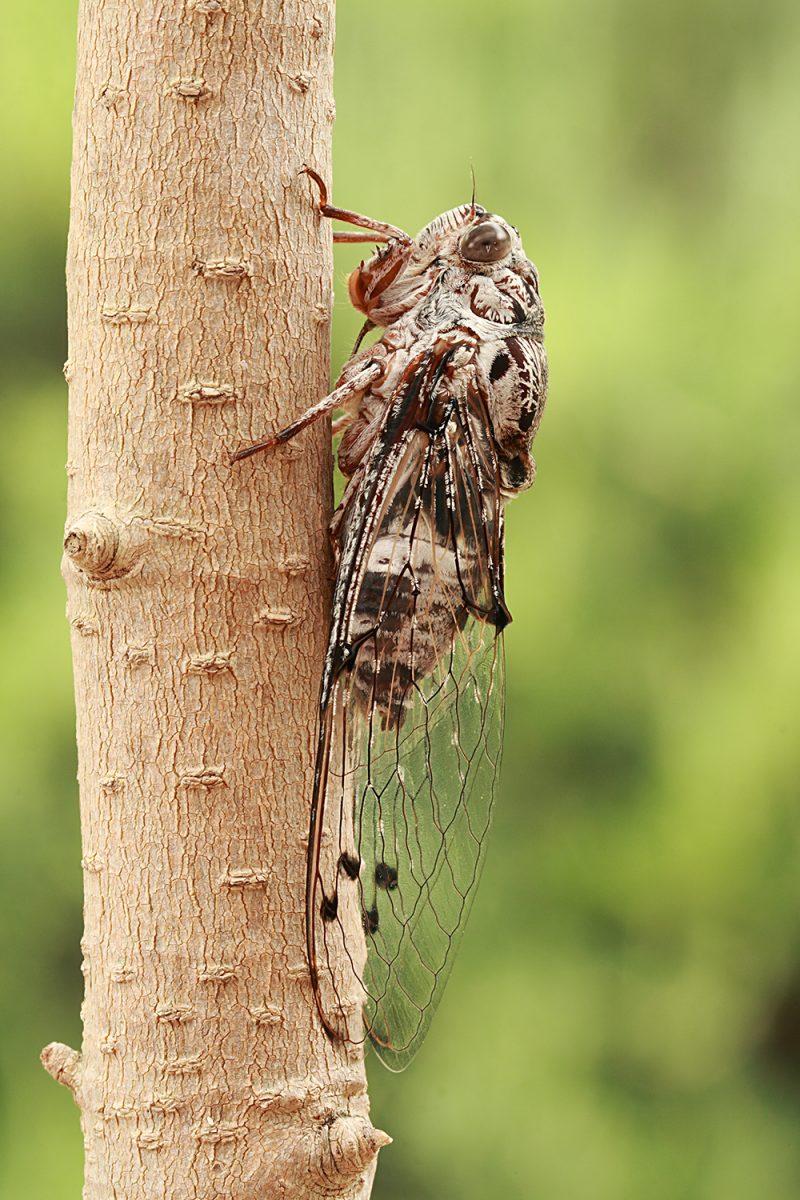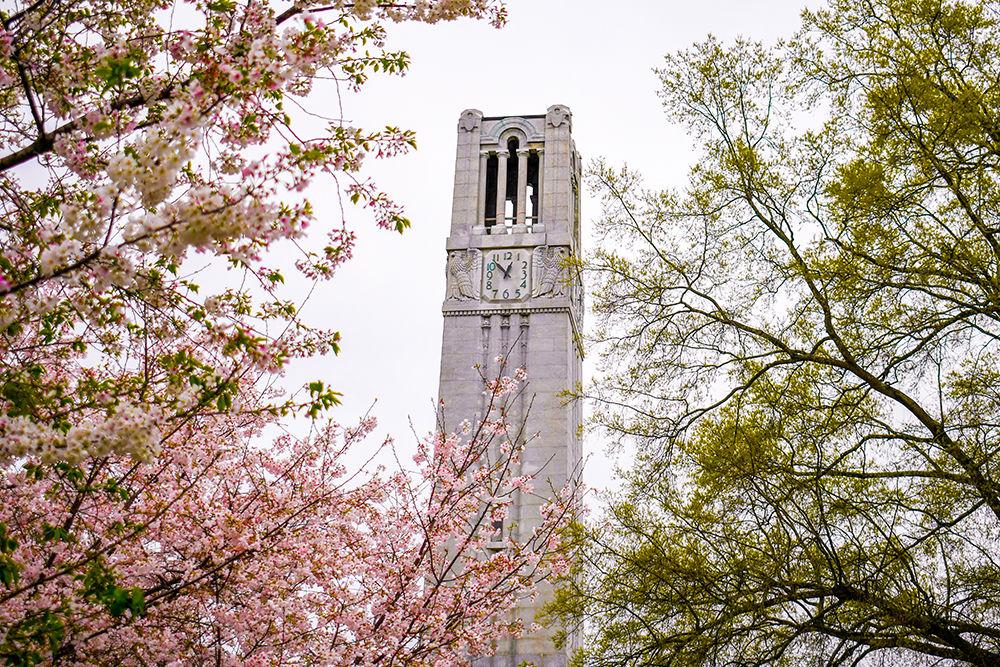If you’re walking around campus this spring and hear crunching underfoot, that’s cicadas! National news has been frenziedly reporting the announcement that much of the upper Northeastern United States will be bombarded with the emergence of Brood X cicadas.
For those unfamiliar with the emergence patterns of creepy-crawlies, most cicadas are “perennial” and emerge every year regularly, according to Clyde Sorenson, an entomology professor at NC State. However, there are other, less common, species of cicadas that only emerge en masse every 13 or 17 years.
According to Sydney Crawley, an assistant professor of urban and structural entomology at NC State, the cicadas’ irregular life cycle is a tactic aimed to confuse predators and disrupt their importance in the food chain. For cicadas, emerging as a crowd and doing so in an unusual pattern makes it more difficult for predators to consume as many.
“You’ve probably seen mayflies and [the] large emergence of those insects that’ll pop up, and that’s usually to avoid predation,” Crawly said. “The more you have, the less likely it is that you as an individual will be consumed. So they have to have huge numbers because so many other animals feed on them.”
For humans, this large emergence of cicadas is anticipated to have a very different impact. While cicadas won’t be a major pest to crops, their loud chirping chorus will likely constitute the soundtrack of the summer. According to Crawley, the individual cry of a cicada can get up to 100 decibels. This is, in part, because the way they make sound is distinct from other famous insect chirpers.
“So they have these membranes called tymbales on their abdomen,” Crawley said. “So when they contract that muscle, the membrane pulling in produces this really loud clicking sound. And then they snap that back out by taking air in and out, and it clicks again. And then the vibration of that, both internally into this tympanic structure, which again, just amplifies that sound. It makes it even louder.”
Unfortunately, according to Sorenson, most North Carolinians will be unable to see such a large emergence of cicadas this summer. However, even if North Carolinians don’t see a huge deluge of cicadas this year, the lucky NC State students of 2024 might be able to witness more of this momentous natural event when the next brood hatches.
As North Carolinians look to the future to witness large cicada broods, they should be prepared for the emergence of much bigger pests on the horizon, according to Crawley.
“Unfortunately, extreme temperatures and extreme conditions often tend to favor pest insects over beneficial [ones]…especially mosquitoes,” Crawley said. “For instance, we know that there are more mosquito biting days here in North Carolina than there were in the 1980s because it has gotten warmer, and that allows them more time to reproduce.”
While it does increase the longevity of pest insects like mosquitoes, global warming could also lead to the increased endangerment of beneficial insects like bees. With regard to the future of cicadas, Sorenson states that global warming isn’t the only issue these metamorphosing bugs face.
“Another important thing to know is that, in some respects, periodic cicadas are threatened, not just by climate change, but by development as well,” Sorenson said. “So if you cut the trees down that they’re feeding on in that local area, that will probably be the end of those periodic cicadas and that phenomenon in that area.”
The rapid urbanization and development of land across the United States have presented increased problems for insects and animals of all types, and cicadas have become another possible casualty of such rapid development. Hopefully, the self-reliance and transformative traits of these noisy bugs inspire us to make some changes in our own relationship with the environment.


















